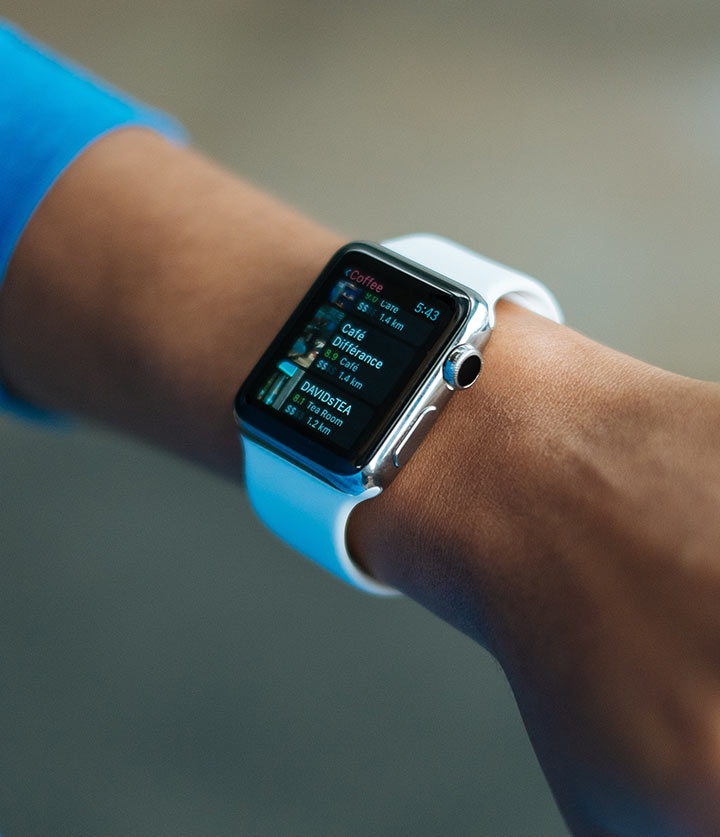IoT Security: Protecting Connected Devices
Understanding IoT Security Threats
The rise of the Internet of Things (IoT) has brought about unprecedented connectivity, linking everything from household appliances to industrial machinery. While this connectivity offers significant benefits, it also introduces substantial security risks. IoT devices often have limited processing power and memory, making them more vulnerable to cyber-attacks. These devices are frequently connected to the internet, exposing them to potential threats from hackers anywhere in the world. Common IoT security threats include unauthorized access, data breaches, and device hijacking. Recognizing these threats is the first step in protecting your connected devices.
Compliance Requirements for IoT Security
For highly regulated industries, compliance with cybersecurity standards is crucial. Regulatory bodies such as the National Institute of Standards and Technology (NIST) and the Cybersecurity and Infrastructure Security Agency (CISA) have issued guidelines to help organizations secure their IoT devices. These guidelines emphasize the importance of device authentication, data encryption, and regular security assessments. Compliance ensures that organizations not only meet legal requirements but also implement best practices to mitigate risks. Cybermack offers comprehensive security assessments that help organizations align with these standards, ensuring that all IoT devices meet regulatory requirements and are protected against potential threats.
Risk Management Best Practices
Effective risk management involves identifying vulnerabilities, assessing their potential impact, and implementing measures to mitigate these risks. For IoT devices, this means using unique, unforgeable trusted identities, such as digital certificates based on Public Key Infrastructure (PKI). These certificates ensure that only authenticated devices can access the network, preventing unauthorized access and potential security breaches. Additionally, regular penetration testing helps identify weaknesses in the system before they can be exploited by cybercriminals. Cybermack’s managed security services include continuous monitoring and regular updates to ensure that security measures keep pace with evolving threats.
System Hardening for IoT Devices
System hardening involves strengthening the security of IoT devices to reduce their vulnerability to attacks. This includes disabling unnecessary features, applying security patches, and configuring devices to minimize exposure to threats. Network segmentation is another critical strategy, isolating IoT devices from other network components to contain potential breaches. Cybermack’s system hardening services ensure that all IoT devices are configured securely, with continuous monitoring to detect and respond to potential threats in real time.
Leveraging Managed Security Services
Managed security services provide ongoing protection for IoT devices, ensuring that security measures are continuously updated and maintained. These services include real-time monitoring, threat detection, and incident response, providing a comprehensive approach to IoT security. Cybermack’s managed security services offer 24/7 monitoring and support, leveraging advanced technologies to detect and respond to threats quickly. By outsourcing security management to experts, organizations can focus on their core operations while ensuring that their IoT devices are protected against potential cyber threats.







